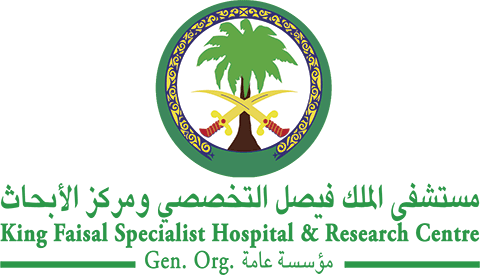Clinical utility of neutrophil to lymphocyte ratio in sickle cell disease with vaso-occlusive crisis
Abstract
Background and objectives: The neutrophil-to-lymphocyte ratio represents a universally accessible value that correlates with inflammation and prognosis in several disease states; however, the role of this biomarker in sickle cell disease remains poorly explored. Hence, the objective of the present study was to determine its potential clinical utility in patients with sickle cell disease.
Patients: Herein, we retrospectively reviewed 143 patients with sickle cell disease who presented to the emergency department with fever and painful vaso-occlusive crisis.
Results: The examined cohort had a prevalence of 11% confirmed bacterial infection, with approximately two-thirds reporting the use of hydroxyurea. The neutrophil-to-lymphocyte ratio was lowest in the vaso-occlusive crisis-only group when compared with all other groups; this ratio was the highest in those with a confirmed bacterial infection. Patients with confirmed bacterial infection experienced the longest mean length of in-hospital stay, approximately 2 weeks, whereas patients with viral infections and vaso-occlusive crisis had the shortest stay (4e5 days). An elevated neutrophilto- lymphocyte ratio on presentation correlated with confirmed bacterial infection (area under the curve 0.76); maximum specificity (76%) and sensitivity (69%) for confirmed bacterial infection were achieved using a neutrophil-to-lymphocyte ratio threshold ≥4.6. However, the neutrophil-to-lymphocyte ratio did not predict acute chest syndrome in this patient cohort.
Conclusion: The neutrophil-to-lymphocyte ratio is a promising biomarker in sickle cell disease with diagnostic and prognostic utility.
Recommended Citation
Maharaj, Satish and Chang, Simone
(2023)
"Clinical utility of neutrophil to lymphocyte ratio in sickle cell disease with vaso-occlusive crisis,"
Hematology/Oncology and Stem Cell Therapy: Vol. 16
:
Iss.
1
, Article 8.
Available at: https://doi.org/10.56875/2589-0646.1046
Creative Commons License

This work is licensed under a Creative Commons Attribution-Noncommercial-No Derivative Works 4.0 License.
Included in
Bacterial Infections and Mycoses Commons, Congenital, Hereditary, and Neonatal Diseases and Abnormalities Commons, Diagnosis Commons, Hematology Commons, Hemic and Lymphatic Diseases Commons, Other Analytical, Diagnostic and Therapeutic Techniques and Equipment Commons, Virus Diseases Commons

